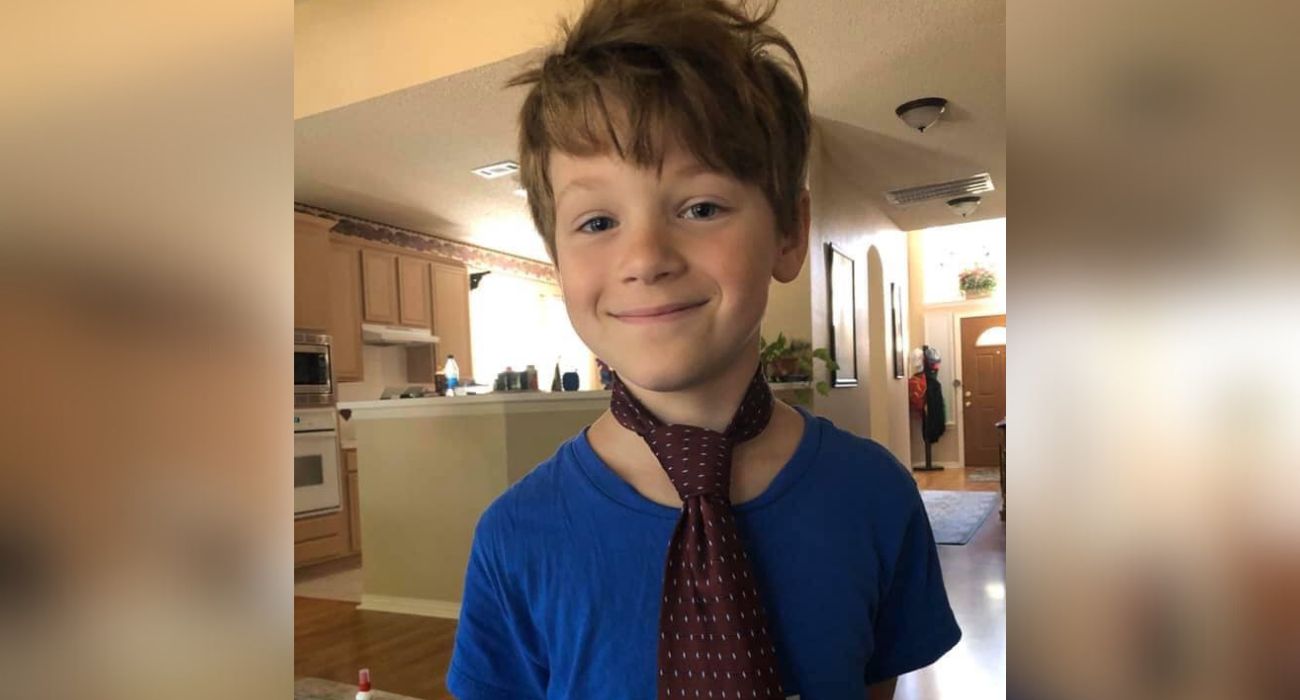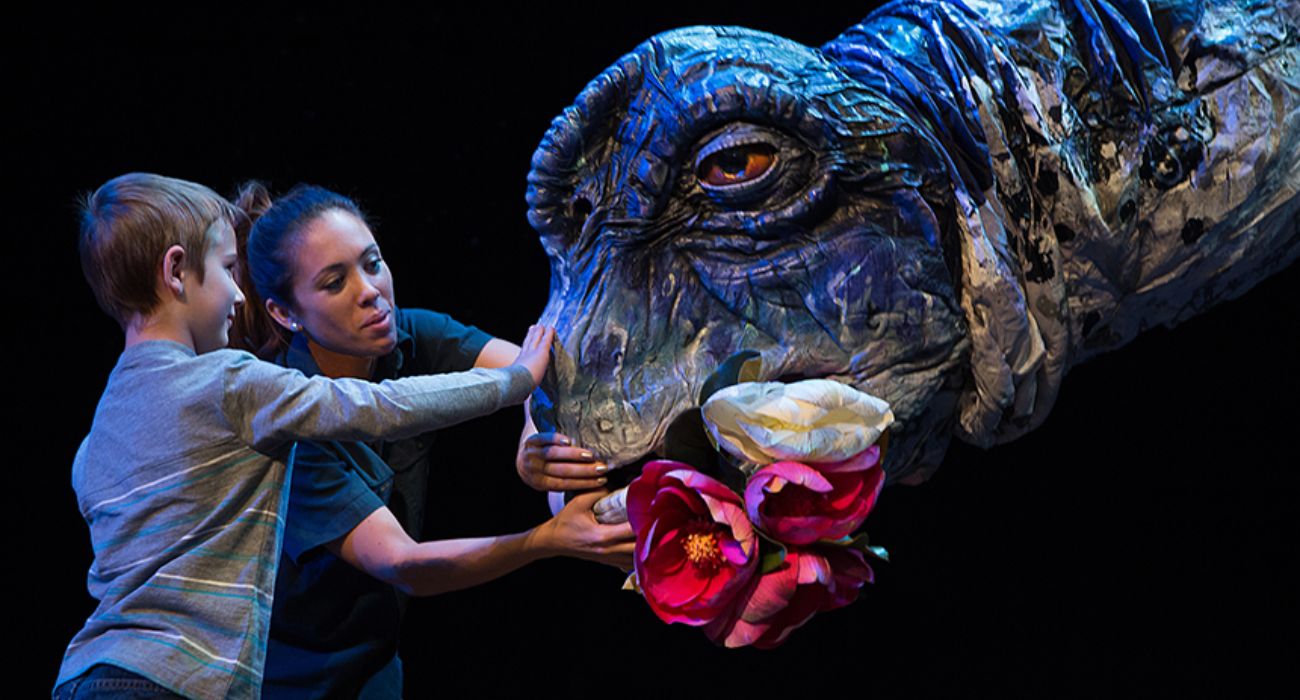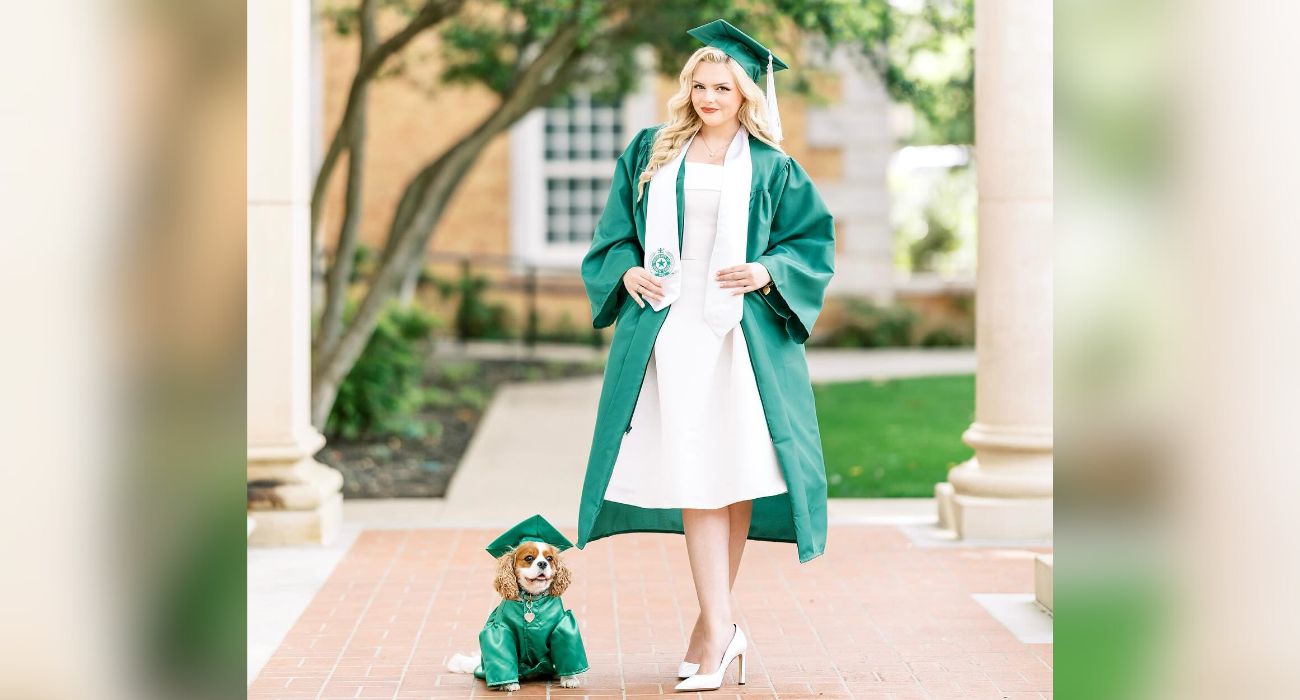Three people across the country combined forces to attempt to save 12 monarch butterflies that might otherwise have perished during their migration to Mexico due to a lack of nectar and the possibility of chilly fall weather.
Packaged inside an insulated box, the butterflies were picked up by FedEx and made a 1,600-mile overnight journey from Appleton International Airport in Greenville, Wisconsin, to a home in Mission, Texas.
According to Jack Voight, president of Friends of Butterfly Gardens Inc., 80 to 90% of the monarch population has died out.
“If we can save 12 monarchs and half of the monarchs are females, each one will lay 400 eggs next spring,” he told The Post-Crescent, an Appleton news outlet.
Eager to do whatever possible to boost the population, the non-profit organization happily absorbed the $130 shipping cost.
These dozen monarchs, which have either already or are about to emerge from their chrysalises, are about two months late.
“Most monarchs left our area two months ago,” Voight explained. “If we release them now, they would die because there’s not enough nectar on the way to Mexico.”
Alicia Griebenow found these late-season eggs on the property she shares with her husband in Dale, Wisconsin. To attract monarch butterflies, she grows seven different types of milkweed — its leaves are the only thing that monarch butterfly caterpillars eat.
The reason why these eggs were laid so late — sometime around the start of October — in Wisconsin is shrouded in mystery. According to The Post-Crescent, Griebenow and Voight speculate that this growing trend has to do with a changing climate.
“More of these monarchs are now producing eggs later in the season,” Voight said. “Something’s going on.”
A year ago, he also sent late-season monarchs to Texas via an overnight flight, with all but one surviving.
When Griebenow first discovered the eggs, she could not bear the idea of leaving them outside and letting nature take its course, so she brought them inside.
The eggs quickly hatched, and the caterpillars gorged on milkweed until they pupated (formed chrysalises).
For the new butterflies that emerged from their chrysalises, Griebenow prepared a meal of local honey diluted in water.
Before being shipped to Texas via FedEx, the monarch butterflies were placed in sealed envelopes and put in a state of torpor using a cold pack.
They were sent to Suzanne Tilton, the self-proclaimed Butterfly Lady, who intends to tag the butterflies and release them in her flower-filled yard, with the hope that they will relocate to Mexico soon thereafter.
“I live less than 20 miles from the Mexican border, so the monarchs don’t have far to go from here,” she told The Post-Crescent.






